
Optimize Data Flow
Aggregation, Replication, Advanced Filtering, Load Balancing
XX-1800G is a high-density Network Packet Broker, bringing you the power and flexibility of network traffic management with a total throughput of 1800 Gbps in a 1U rack space. XX-1800G features 48 x SFP28 ports (1/10/25 GbE) and 6 x QSFP28 ports (40/100 GbE).
Network Packet Brokers optimize the performance of network analysis and security tools by delivering filtered traffic of interest, helping network engineers to quickly solve application performance bottlenecks and troubleshoot problems on the network.
Technical Specifications
Feature Highlights
Aggregate traffic coming from multiple incoming links
Optimize port, bandwidth, and network tool utilization by consolidating traffic from multiple sources, such as Network TAPs.
Aggregation can be combined with the replication feature to send the aggregated traffic to multiple output ports. It can also be combined with both the replication and filtering features to send different parts of the aggregated traffic to different output ports.
Use case examples:
• Send traffic from multiple sources to monitoring and security tools as a single stream.
• Aggregate multiple traffic streams into higher-speed links.

Replicate traffic to multiple monitoring and security tools
Traffic replication is the process of making multiple copies of data and forwarding them to different locations, such as NPM/APM tools, network security tools, and data storage.
Benefits of traffic replication include improving the availability of data and increasing the speed of data access.
Use case examples:
• Monitoring (tapping): send the traffic to both its intended destination and monitoring/analysis/storage systems.
• Redundancy: send the traffic to multiple network paths to avoid single points of failure and reduce the risks of downtime.

Balance traffic over multiple monitoring and security tools
When several security tools are deployed, load balancing can optimize the response time and avoid uneven load while another is idling. By distributing the traffic load evenly among the available security tools they are used in the most efficient way. A Network Packet Broker is an ideal tool for this as it sits between the TAPs and security tools.

Send only actionable data to each of the connected tools
Ensure optimum efficiency of monitoring and security tools, and bandwidth utilization, by filtering traffic such that only appropriate data is sent to these network tools.
Target specific parts of the traffic via a wide array of filter rules based on L2/L3/L4 packet headers. Filter rules support priority classes, as well as outbound options to apply to the targeted traffic.

XX-Manager Overview
XX-Manager is a web-based interface that allows the user to configure and monitor the behavior of XX-Series devices. Designed with user experience and ease of use in mind, advanced configuration settings can be set and applied quickly and easily.
This web-based interface allows easy access from any OS or platform.
Device Status
Device status offers a quick overview of operational statistics related to the packet broker hardware. Measured temperatures are recorded with a history of 7 days.
Port Management
Port management offers an instant overview of port status and speed. Users control the configuration of all transceiver modules, where each module offers additional information in the specific status section.
Port Statistics
Port statistics displays and monitors the statistics counter for each of the device interfaces. It is possible to easily compare the traffic bandwidth on each port.
Traffic Management
Define how the traffic will flow through the device interfaces. Using a direct control interface, users are able to define aggregation, duplication, and filtering rules.
- Aggregation, replication, filtering, load balancing (any-to-any, any-to-many, many-to-many)
- Local and remote management (CLI, GUI, SNMP, Syslog)
- TACACS+/RADIUS authentication
- Centralized authentication via Profitap Supervisor (local users, TACACS+, RADIUS)
- Redundant, hot-swappable PSUs and fan modules available in AC or DC version
- Powerful filtering (layer 2–4, overlapping)
- Flexible role-based access
- High-density, 1800 Gbps throughput in a 1U footprint
- 1G, 10G, 25G, 40G, 100G traffic monitoring (fan-in/fan-out possible for more options)
- Remote management software
- Full control over 1GbE, 10GbE, 25GbE, 40GbE and 100GbE network traffic for monitoring thanks to its intuitive GUI.
- Multiple filter rules per port in any combination for various routing, filtering, duplication or replication and many more options can be configured by an innovative GUI to allow instant adaptation to all kinds of analysis.
- Storage of multiple rule set configurations that allow instant rule set changes to ease meeting the current requirements.
6 x 100G QSFP28
2 x 100G QSFP28
-40V–-60 VDC
| PT-1G-BT-45 | PT-1G-SX-85 | PT-1G-LX-31 | PT-10G-BT-45 | PT-10G-SR-85 | PT-10G-LR-31 |
|---|---|---|---|---|---|
 |
 |
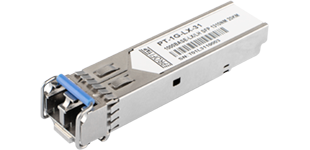 |
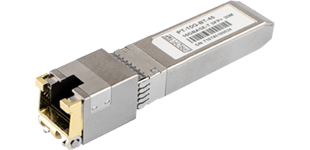 |
 |
 |
| 1000BASE-T SFP 100m (RJ45) | 1000BASE-SX SFP 850NM 550M (LC) | 1000BASE-LX/LH SFP 1310nm 20km (LC) | 10GBASE-T SFP+ 30M (RJ-45) | 10GBASE-SR SFP+ 850NM 300M (LC) | 10GBASE-LR SFP+ 1310NM 10KM (LC) |
| PT-25G-SR-85 | PT-40G-SR4-85 | PT-40G-LR4-31 | PT-40G-PLR4-31 | PT-40G-SR-BD | PT-40G-SR-BD-RX |
|---|---|---|---|---|---|
 |
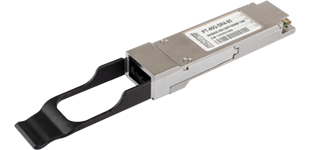 |
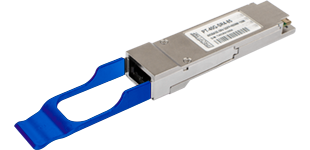 |
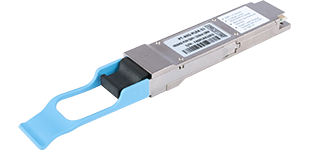 |
 |
 |
| 25G SFP28 850nm 100m (LC) | 40GBASE-SR4 QSFP+ 850NM 150M (MTP/MPO) | 40GBASE-LR4 QSFP+ 1310NM 10KM (LC) | 40GBASE-PLR4 QSFP+ 1310nm 10km (MTP/MPO) | 40GBASE-SR-BiDi QSFP+ 150m (LC) | 40GBASE-SR-BiDi QSFP+ 150m (LC) Rx only |
| PT-100G-SR4-85 | PT-100G-LR4-31 | PT-100G-SR-BD-RX | |||
|---|---|---|---|---|---|
 |
 |
 |
|||
| 100GBASE-SR4 QSFP28 850nm 100m (MTP/MPO) | 100GBASE-LR4 QSFP28 1310nm 10km (LC) | 100GBASE-SR-BiDi QSFP28 100m (LC) Rx only |







